- About us
- Support the Gallery
- Venue hire
- Publications
- Research library
- Organisation chart
- Employment
- Contact us
- Make a booking
- Onsite programs
- Online programs
- School visit information
- Learning resources
- Little Darlings
- Professional learning
William Morris Hughes (1862-1952) was Labor and National Party Prime Minister of Australia from 1915 to 1923. An English immigrant, before becoming Prime Minister he helped to found several major trade unions, but he was expelled from the Labor party in 1916 for supporting conscription. He won the 1917 election for the new National Party. During his life-long parliamentary career, he was also expelled from the National and United Australia Parties; he ended his days in a Liberal seat. His small stature, large ears and pugnacious manner made him a favourite of caricaturists, notably David Low, whose manic heads of Hughes this bottle stop resembles.
William Mashman (1851-1912) and Henry Mashman (1856-1922), English-born potters and pipemakers, ended a partnership with James Sandison and formed the Sydney firm of Mashman Bros on their own in mid-1890. By the turn of the century they operated the Victoria Pottery, Willoughby and the Garrington Pottery, Auburn, turning out sewer pipes, sanitary fittings, terra cotta chimney pots, air bricks and louvres, garden edge and paving tiles, flower pots and agricultural pipes as well as vases, ginger beer bottles and miscellaneous household ornaments. In 1900 it was reported ‘Mashman Bros seem capable of doing almost anything in pottery work. The wheels are continually whirring merrily.’ The firm thrived through the wars and a new generation of Mashmans joined the business, which merged with Royal Doulton in 1957. Along with the bottle stopper, Mashman Bros manufactured a brown ceramic paperweight in the form of the head of Hughes.
The Hughes bottle stop was purchased from a private vendor.
Collection: National Portrait Gallery
Purchased 2009
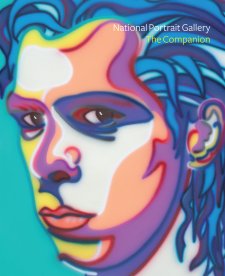
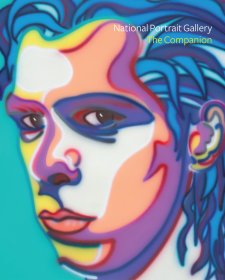

On one level The Companion talks about the most famous and frontline Australians, but on another it tells us about ourselves.
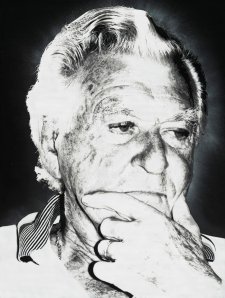

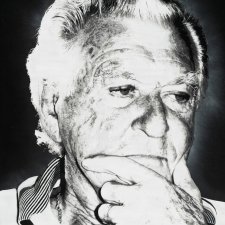
Seventeen of Australia’s thirty prime ministers to date are represented in the contrasting sizes, moods and mediums of these portraits.


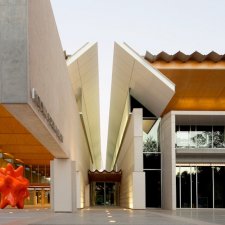
Visit us, learn with us, support us or work with us! Here’s a range of information about planning your visit, our history and more!